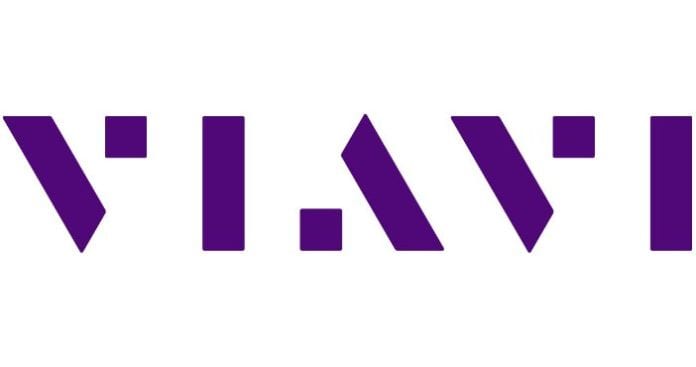Networks are “not as static” as they used to be
Fresh off its $455 million purchase of Cobham’s test and measurement business, Viavi Solutions is touting its expanded position in 5G testing as a result of the purchase.
Viavi Solutions acquired Cobham’s test and measurement operations in an all-cash transaction that closed last month. Cobham AvComm and Wireless Test and Measurement (including the former Aeroflex business, but not Cobham Wireless’ distributed antenna system operations) are expected to “significantly [strengthen] Viavi’s competitive position in 5G deployment” while diversifying its customer base into public safety, military applications and avionics, Viavi said when it announced the purchase. Oleg Khaykin, Viavi’s president and CEO, said at the time that Cobham’s assets would help Viavi “address technology sharing as we address rapidly emerging opportunities in 5G, software-defined and virtualized test.”
Now, Viavi is officially integrating the former Cobham assets into its product line-up, focusing on end-to-end testing for 5G networks and describing its new portfolio as “the most realistic test environment for optimizing 4G and 4.5G, while enabling the development of 5G technology and the shift of core functionality to the network edge.” That includes Cobham’s TeraVM, which is a virtualized emulation, validation and threat assessment tool, and its TM500 network test system for base station development.
Ultan Kelly, senior product director at Viavi, joined the company from Cobham. Kelly said that Viavi is building on Cobham’s network testing solutions to extend to core testing and provide end-to-end test scenarios through emulating mobile devices and the network to fully load-test the core — for 3G, 4G and even 5G. Kelly added said that Viavi acquired the company because of its market dominance in RAN to core testing as a complement to its network assurance position.
“There are a lot of synergies for 5G solutions,” he said, adding that the company is focused on both the emerging needs for telecom networks which are increasingly software-defined, and support for what it considers “4.5G” technologies such as narrowband internet of things.
“Our customers need to be able to automate new instances of core elements on a nightly basis,” he said, and the TeraVM solution is instantiated alongside the virtual core in order to ensure that service-level agreements are being met. “The network is not as static as it used to be,” Kelly went on. He said that even in 4G networks, deployments have typically involved elements being put into service and then remaining unchanged for weeks or months. SDN is changing that, and speed and the ability for solutions to scale are crucial. Scale is also an issue that arises in IoT, Kelly noted. Each individual device doesn’t put much strain on the core network, he said, but when deployments reach millions of devices, the stress can cause network elements to fail — which makes it crucial that testing solutions can generate enormous network distress in order to ensure that doesn’t happen.
Kelly said that while TeraVM’s traditional home has been in the pre-deployment network design and validation stage, “those days are sort of changing, especially in 5G” and to a lesser extent in 4G. The shift toward constant change and progressions in telecom SDN means that “the lines between pre- and post- deployment are blurring.”
While the former Cobham solutions have not yet been integrated with Viavi’s passive probe technology, Kelly said, he noted that the integration of the two companies is still in its early days and that architecture discussions on that front have already happened — and it seems like an obvious synergy.
Kelly said that the former Cobham unit has been working with operators on 5G network technologies for two years and expects to see non-standalone network elements deployed the first half of this year in the lab, followed by standalone 5G elements in the second half of the year. He said that his group has already been working with pre-standard 5G technologies and in test set-ups to get a sense of what features are getting traction in product development and which are not. One of those with high levels of interest is massive multiple-input-multiple-output for capacity, which he called a “game changer in terms of the amount of capacity it can bring.” Cobham’s test unit has been working with China Mobile researchers on massive MIMO in particular, in an arrangement announced just last month as the Viavi acquisition was underway.

